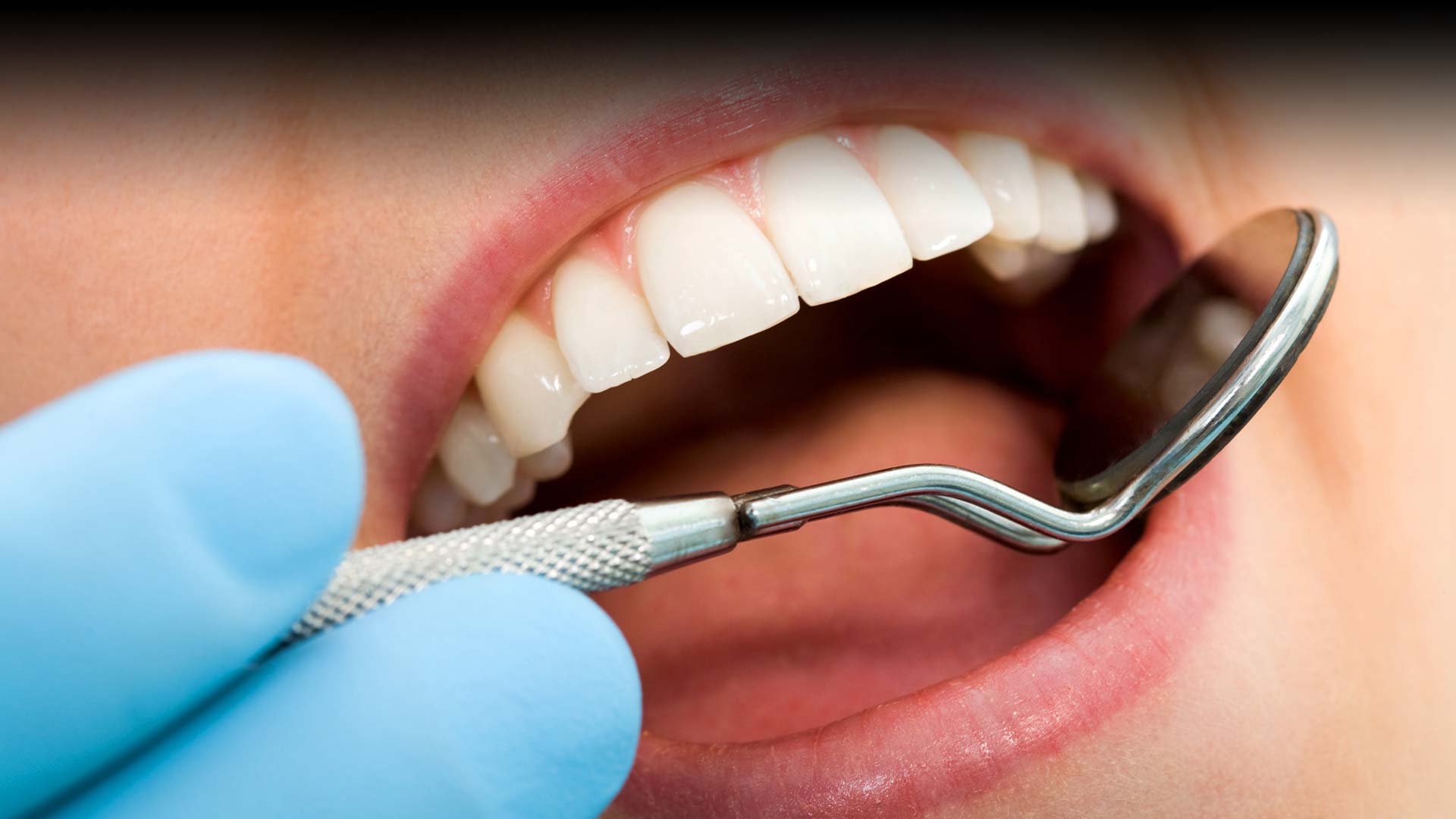Tooth decay is one of the oldest and most prevalent diseases worldwide. An untreated cavity can cause significant pain or tooth loss, and in the worst case, may be life-threatening.
The traditional treatment for tooth decay is to drill and fill a tooth, but this approach ignores the underlying reasons why a person develops a cavity initially and why some people seem to be more prone to tooth decay than others.
How are Cavities formed?
The mouth is a dynamic environment and is teeming with bacteria. Some of these bacteria can cause tooth decay by creating acids that dissolve the surface of a tooth. These acids remove some elements from tooth enamel, including calcium and phosphate, during a process called demineralization or acid erosion.
Saliva is a protective fluid and contains the calcium and phosphate ions removed during demineralization. It helps to reduce acidity and reverses demineralization with a process called remineralization. During remineralization, some of the calcium and phosphate ions in saliva are re-deposited back into the surface of the tooth, re-hardening it.
Unfortunately, when these dynamic processes are imbalanced, tooth enamel isn’t re-hardened so effectively during remineralization, so eventually, a lesion develops on the tooth surface. It will continue to develop into a cavity or hole without the right preventive dental care.
Not Everyone Has the Same Level of Risk for Tooth Decay
People have different levels of risk for cavities, and this is because your mouth is a unique environment. For example, you might have fewer or more cavity-causing bacteria than another person. Some people might produce less saliva than average, a problem called dry mouth or xerostomia, which is quite common. Dietary habits also play a significant role.
These are all factors we consider when assessing someone’s risk of cavities and determining the best way to help them maintain optimal oral health. Taking a holistic approach allows our dentist, Dr. Mackie, to provide an individualized preventive dental care plan for each patient based on a carefully considered risk assessment. Our regular patients will already know that we are passionate about using high-quality natural products designed to work in harmony with your oral health.
The mouth is a dynamic environment and is teeming with bacteria. Some of these bacteria can cause tooth decay by creating acids that dissolve the surface of a tooth.
Protecting Teeth Against Tooth Decay
When you visit Bel Canto regularly for checkups, we can detect any early signs of lesions in teeth that often look like white spots and are the first signs of acid erosion. If we notice any white spots or softer areas in your tooth enamel, we can discuss how best to prevent these worsening, reversing early signs of acid erosion. As a fluoride-free dental practice, we can suggest products designed to release phosphate and calcium ions, re-hardening your tooth enamel naturally.
Identifying Oral Health Conditions that Increase the Risk of Cavities
When you visit our practice, we consider your oral health and your overall health. Sometimes health conditions can impact oral health, especially certain medications that can increase the risk of dry mouth. Other times, dry mouth is caused by other medical conditions and can be a side-effect of ageing. If you are affected by dry mouth, we can work with you, as there are several natural products available to counteract the effects of dry mouth, protecting your oral health and ensuring your mouth feels more comfortable.
Dietary Habits
Often, foods that appear healthy are packed with hidden sugars, and cavities can be caused by frequent snacking on these products. Sometimes, reviewing a patient’s dietary habits can be extremely helpful in detecting areas where they are inadvertently harming their dental health.
Tooth decay is a process, and when we identify the causes and take a preventive approach, we can help patients maintain strong, cavity-free teeth more easily. Is it time for you to get a dental checkup or professional teeth cleaning? Get in touch to arrange an appointment.



